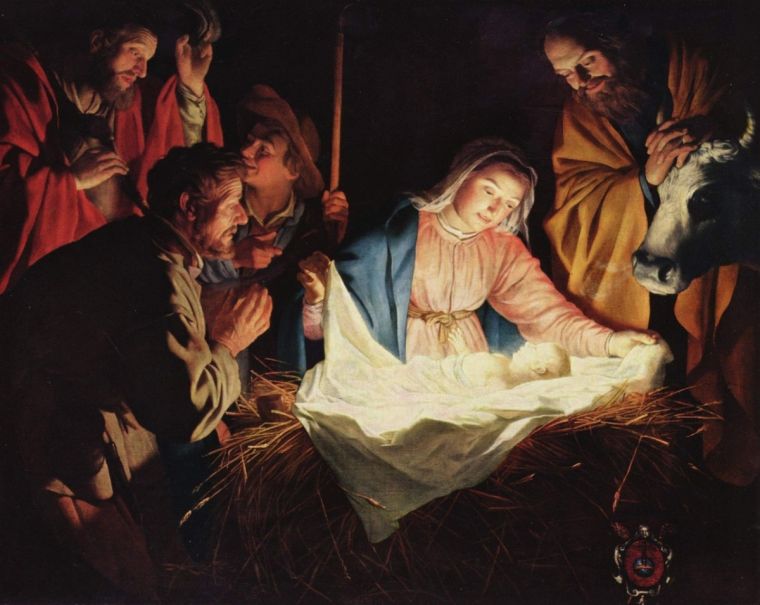No room at the inn? Why Jesus was really laid in a manger
The New English Translation (NET) Bible is a fresh scholarly translation in modern English with an important unique feature: notes that record the translators' decisions. STEPBible, the powerful study tool from Tyndale House, Cambridge, has these notes in full, so that when we wonder 'What's behind that translation?' the answer is at hand.
It even gives new clues about the real reason why Mary and Joseph couldn't get a room.

Imagine a girl about to give birth, turning up at a hotel. Who wouldn't give up their room for her? In a gregarious society like ancient Israel, everyone would soon hear about it, so why didn't anyone help her?
The likely answer lies in a note in the NET Bible at Luke 2:7, where it points out the word translated 'inn' (kataluma) usually means a 'guest room'. It tells us that various scholars conclude that Joseph went to his family home, and it was his parents' who told them: 'There's no place for you in the guest room.'
We know Joseph's family lived in Bethlehem, because he was registering for taxation there. The Gospels use this fact to point out Joseph's Davidic ancestry, but Romans weren't interested in genealogy. They only wanted to know which door to hammer on when taxes were due.
Joseph wasn't expecting a warm welcome at his family home. This was partly because his parents hadn't chosen his bride – he met her while working away in Nazareth. But it was mostly because she was visibly pregnant after too few months of marriage, and Joseph admitted he wasn't the father. This scandal was apparently too much for his parents, who refused to let them into their respectable home – telling them to use the shed instead. Their neighbours presumably didn't want to cause offence by undermining this decision.
So Jesus was born in the family shed. Living with shame and scandal was yet another burden that Jesus bore for us.
The NET Bible has two unique features that make it invaluable for studying the Bible in this way. First, for the first time, the public was invited to join in. The first round of translations were put on the web for 'beta testing'. Anyone could email to say, 'I don't know any Hebrew, but this English doesn't make sense to me,' or 'I'm an expert on this passage and I'd like you to know...' Knowing the world was looking over their shoulders must have concentrated their minds, and it stopped them from translating just for their own denomination. They knew there would be immediate push-back if they didn't produce a text that a wide range of believers could accept.
The other unique feature is the extensive notes. There are more than 60,000, which averages about 50 notes per chapter, or about two per verse. Some notes explain the background context and lifestyle information needed to understand the text, rather like a study Bible. Others point out when different manuscripts would produce a slightly different translation. The bulk of the notes explain why the text is translated as it is. This was the first Bible that made the translators explain themselves. If they missed out a word or added one, they had to say why. And if commentators pointed out that something is ambiguous, they had to say why they'd chosen that option – or simply say that it could be understood differently. And very many times they add notes simply to help explain aspects of the text which can't be expressed in English.
The Bible opens up when you use STEPBible and the NET Bible together. They form a great tool for Bible students, or for anyone who ever asks: 'What's behind that translation?'
STEPBible can be downloaded here or you can use it at www.STEPBible.org.
Rev Dr David Instone-Brewer is Senior Research Fellow in Rabbinics and the New Testament at Tyndale House, Cambridge.











